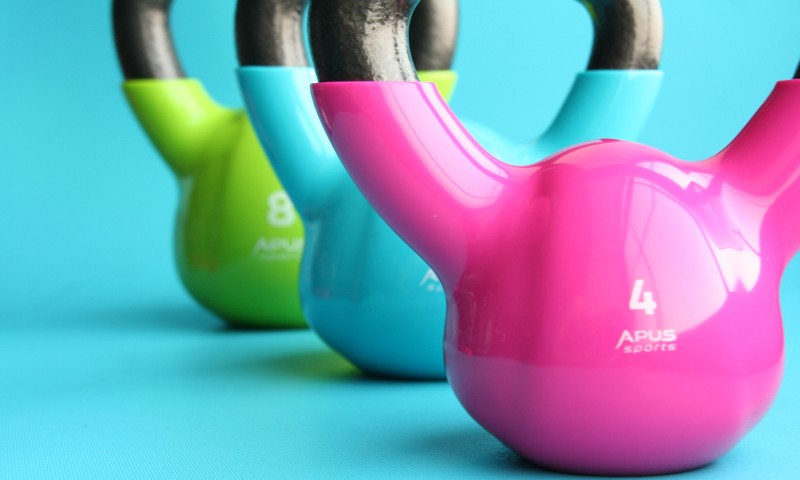
Disclaimer: Before starting any new fitness regimen, first speak with your healthcare provider.
Resistance training can make the difference between temporary weight loss and sustainable weight loss. While many weight-loss attempts are quick to cut calories and include some cardio, resistance training is often left out.
Using only calorie control and cardio, you might lose weight, but you’re only using stored fat as energy. On the other hand, resistance training increases fat-free muscle mass, which demands more energy from your body and results in more calories burned.
The Science Behind Resistance Training
Mira Rasmussen, BS, ACSM, is an exercise physiologist who works with clients on personal training, nutrition, addiction, corporate wellness and more. She writes:
“The body is very efficient at getting rid of anything it doesn’t need to survive. Resistance training stimulates connection to the central nervous system, signaling the body to maintain muscle mass. Without this stimulation, muscle is broken down and used for energy. This process is amplified during times of energy deficit, such as cardio and diet restriction.”
If you lose weight and break down muscle, you will likely see your metabolism slow, leaving you struggling against your weight or facing a plateau. But according to Rasmussen, if you resistance train at 2x/week, you can maintain muscle mass.
Benefits of Regular Resistance Training:
- Improved metabolism
- Strengthened nervous system
- Increased balance and coordination
- Reduced feelings of stress and depression
- Reduced fatigue and weakness
- Strengthens bones
- Promotes skin elasticity
- Lower risk for many chronic diseases
Tips for Getting Started
Keep in mind that regular resistance training requires an internal commitment. But like any exercise, you will get better with each set, repetition and workout.
Rasmussen suggests that you start training with a total body workout for the first three months. She says to use this time practicing good form and working with light to medium weights to build confidence. Then you can build up intensity by increasing sets, reps and resistance.
More Tips:
- Target large muscle groups first (chest, back, quadriceps, hamstrings, shoulders). Then focus on abs, biceps, triceps, forearms and calf muscles.
- Slowly control each movement to prevent injury.
- Avoid small, jerky movements by using your full range of motion.
- Exhale while tightening muscles; inhale while relaxing.
- For larger muscles, do between 2-4 sets. For smaller muscles, do 2-3 sets.
- Amount of reps should produce muscle fatigue but not exhaustion.
- Train 2-3x/week with rest periods of 36-48 hours for the same muscle groups.



